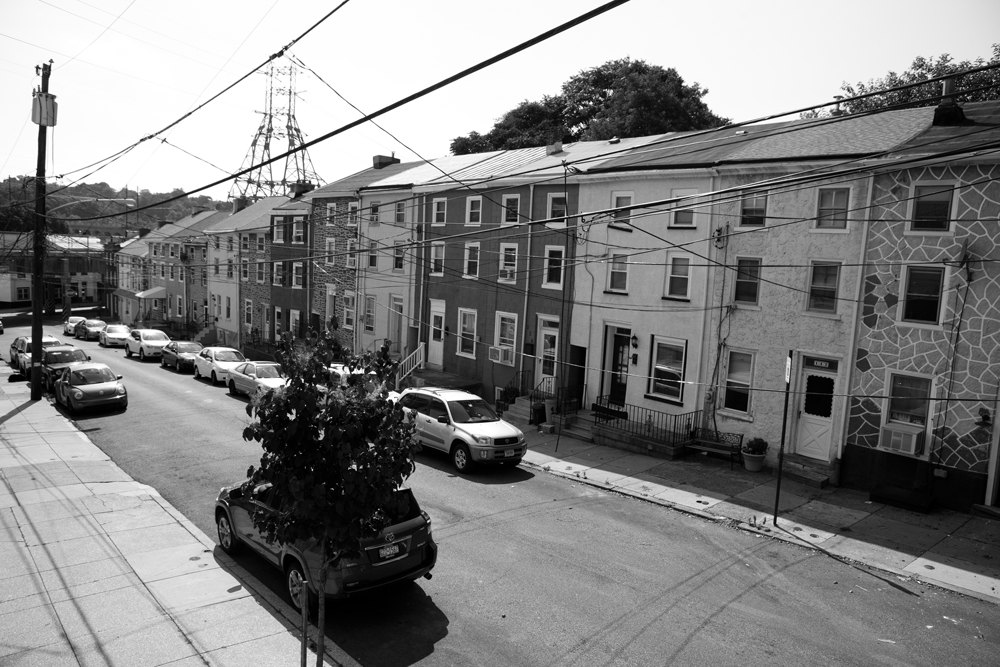
The motivation was not philanthropy but filthy lucre the constant inter-gang warfare and suppressive police presence was not conducive to a good narcotic business. The elderly Mexican grandfather mistakenly thought he was one of the arsonists and shot him.įollowing the Rodney King Riots in 1992, the Nation of Islam and the Fruit of Islam attempted to broker a "Crip-Blood Truce." Advertised in the media as a "coming together for peace", it was actually financed by Crip and Blood drug dealers in the Nickerson Gardens, Imperial Courts, and Jordan Downs projects. A good neighbor, who happened to be African-American, ran to the family's aid. Five members of this Mexican family were killed when their apartment was set on fire by black gang members. A Mexican family repeatedly complained about the Grape Street gang and the constant drug dealing going on in the Jordan Down projects. In 1991, a racially charged incident occurred when changing demographics caused by legal and illegal immigration brought Hispanics back into the Jordan Downs Projects.
#Grape street crack
Grape Street distributed crack in cities as far away as Minneapolis, Cleveland, Oklahoma City, Jackson, Miss. The funeral rivaled that of a head of state.Īs the De Facto leader of Grape Street, Honcho was often called the "Godfather of Watts." By the mid-1980s, Honcho's Grape Street Gang had become a nationwide drug distribution organization with direct connections to the Mexican drug cartels. Kenny Day's funeral was a huge affair and the Grape Street color "purple" could be seen everywhere in South Central Los Angeles. The CCO failed, and even Honcho was unable to prevent his own brother, Kenny Day, from becoming a victim of rival gang gunfire. The Crips themselves videotaped this huge meeting, where Honcho Day appealed for Crip unity and gave examples of how they could divert police to one area of the city in order to attack rival gangs in another part. It was under the CCO that Honcho Day of the Grape Street Crips called hundreds of separate warring Crip sets together at the Compton High School Stadium in 1987. One attempted alliance was called the "Blue Notes" and one of the most infamous was called the Consolidated Crip Organization (CCO). Several attempts were made to unite the Crips.

They attacked each other and "jacked" (robbed) other Crip crack houses. The Bloods were united and rarely attacked other Blood gangs, but the Crips had almost 200 sets in L.A. And the cost in human lives was staggering.


The evolution of fortified crack houses with iron sally port entrances and video surveillance and the appearance of gang members wearing body armor who engaged in firefights using military-style weapons and multiple shooters, forced the police to play catch-up tactically. In the mid-1980s these crack and PCP drug wars exploded into unprecedented violence and open gang wars on the streets of Los Angeles and Compton. But the Drug business is a dangerous business and the Crips were often victims of other Crip gang competitors and especially their archrivals, the Bounty Hunter Bloods. Under the Day family's leadership and through its lucrative drug business, Grape Street prospered.

The slang name "Honcho" is of course a shortened slang term for "head honcho," meaning the boss. In 1965 the huge Watts Riots sparked into flame on 103rd Street near the Grape Street headquarters. Several large gang and racial riots occurred when this tension boiled over at Ralph J. But the racial tension in the neighborhood was already evident. Both Latinos and African Americans, who would become members of the Watts Varrio Grape, were classmates of mine. Bunche Junior High School in the early 1960s, just a few blocks from the Nickerson Gardens, Imperial Courts, and the Jordan Downs projects. It morphed from a "Chicano" gang to a mixed or "hybrid gang" and later into the traditional Crip gang still active today. Born in "La Colonia" (the Colony) Watts and named after the street that ran nearby, Grape was known then as "Watts Varrio Grape Street" (WVG). Grape Street originated, along with its original Watts rivals-Hickory Street and Elm Street-as a traditional Hispanic street gang. The area is in the jurisdiction patrolled by LAPD's Southeast Division. The Grape Street gang was formed near the Jordan Downs Projects in South Central Los Angeles in the 1950s.


 0 kommentar(er)
0 kommentar(er)
